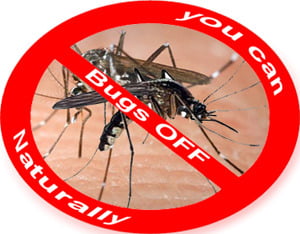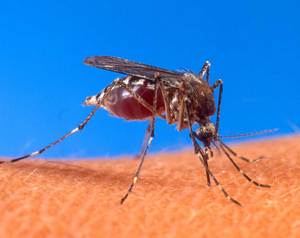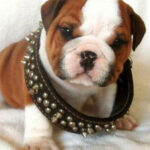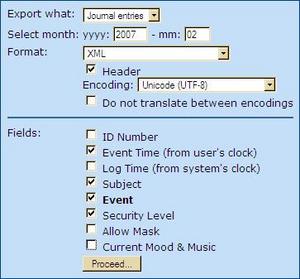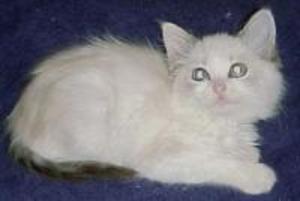More people are beginning to add ponds to their homes for a multitude of reasons. The problem is that many people are unaware of the proper care and plant life that is needed to support this tiny ecosystem in your yard. There are several plants that need to be included and some that will add beauty while serving a much needed function. Whether it be keeping the pond from going stagnant and breeding mosquitoes, or putting color and fun into your home’s exterior, the plants and animals that you put into your pond are just as important as the pond itself. If you have a pond in your yard already and need a way to get the algae out and keep the pond critters alive, or if you want to incorporate a pond into your yard, there are some very important things to keep in mind. You will want to have some sort of animal in your pond. There are many to choose from. You can go the terrarium route and have toads and salamanders (fire bellies are my favorite) or use the traditional koi pond. Either way, you will need these to fight off the mosquito larvae and other invasive bugs that come with standing water. Having a waterfall will also help aid in this. These animals also provide the food for your pond plants. Not all plants can really thrive near a pond though and some will actually harm your pond by introducing contaminants to the water. Here are some much needed plants to add to your pond that will increase beauty and keep your pond clean and clear for years to come.
Oxygenating Plants –
One very important part of any animal bearing pond is the underwater plant life. These submerged plants not only clean the waste and debris from the bottom of your pond, but they breathe oxygen back into the water. This oxygen is very important to the life in your pond. All of these animals, from snails to koi to toads, need this oxygen to survive. These plants naturally filter the water and keep your pond clear and unclouded. They are quite easy to plant as well. You can either bury the roots in the gravel at the bottom of your pond, or simply tie a small weight to the bottom of the plant and just drop them in. There are many ways to sink these to the bottom and once they become established there, you can basically forget them.
There are several different styles to choose from. Cabomba and Hornwort are two bushy varieties that can offer shade to your koi and snails on warmer days and the Cabomba has a nice red tint to it to add some color. The brilliant green of the Hornwort is quite nice in a darker pond or if red koi are present. Ludwigia and Vallisneria are more leafy varieties that slightly resemble seaweed. These also have some deep green colors that can be hard to make out in a darker bottomed pond. If you prefer a more oceanic look to your pond, these may be a better choice since they do so closely resemble saltwater plants.
Floaters –
No pond is truly complete without floating plants. These broad leafed plants (commonly known as lily pads whether they are lilies or not) add the traditional look to your pond and can be very useful for the creatures that live there. While there are several different varietals of floating plants, not all of them bloom. A nice blooming leaf can add some great color to your pond and offer shade to fish and snails or a nice resting spot for amphibians. While frogbit does not have a real bloom to it, it is a beautiful green color that grows a small cluster of flat floating leaves. The purple bloom of the Water Hyacinth is a beautiful flower for a pond (I love purples), but the plant itself can detract from the beauty of the pond with its sheer size.
My favorite of the floaters are Lilies and the Nymphoides family. Lilies offer a beautiful bloom and give you that broad leafed pad that they are famous for. The Nymphoides (the name means “lily like”) family includes the Alligator leaf, American Snowflake, Butterfly Snowflake. While these blooms are not as large as the lily, they are a nice alternative if you don’t care for the lily or are looking for a cheap alternative that does not steal the show of your pond. One last floater addition that many ponds can use is the IAP Water Hyssop either “hairy” or “smooth” variety. These have a very nice and subtle bloom, but the plant is very functional. These grow around the shallow edges of your pond where blemishes may appear (exposed concrete or other imperfections) and will grow several feet in length. Spacing a few of these around your pond can give you a nice border. The fact that these can grow in frost, heat, and high traffic make them very hardy and easy to grow. They will frame your pond and help stabilize the surrounding banks to keep dirt and debris from clouding the water or falling into your pond.
Bog and Surrounding Plants –
The area around your pond is just as important to the look and feel of your pond as the pond itself. There are several plants that can thrive around a pond and some that take that type of moisture to really flourish. My favorite of these plants are ferns. It takes a lot of humidity and moisture for a fern to really abound and a pond offers that type of growth area. They are a very lush plant that brings beauty to any pond. The delicate looking leaves and intricate designs are truly amazing. Bog Lilies and other reed type plants also thrive near ponds and some will grow in the water near the bank. These can help to smooth the edge of your pond into the surrounding area where you can have your garden abound. Aquatic Mint and Blue Bells offer some nice blooms for the surrounding area of your pond. The possibilities of these plants are endless.
One other ingredient you may want to consider for your pond is snails. These snails will eat the algae that will rob your pond plants of vital nutrients and sunlight. You need to be careful with this though. A live bearing snail like the Japanese Trapdoor snail is less likely to take over your pond than their egg laying brethren. Live bearing snail offspring are often eaten by your pond inhabitants. You will want to try and save some of the babies to keep your pond going, but by using live bearing snails the offspring will not get out of control and take over your pond. There are a couple other additions to your pond that you may want to consider, but the right balance of plants, filtration via waterfall, and live inhabitants can keep your pond looking pristine and perfect for a lifetime.
Sources:
Bog Plants
Just Pond Plants
Eagle Pond Plants


